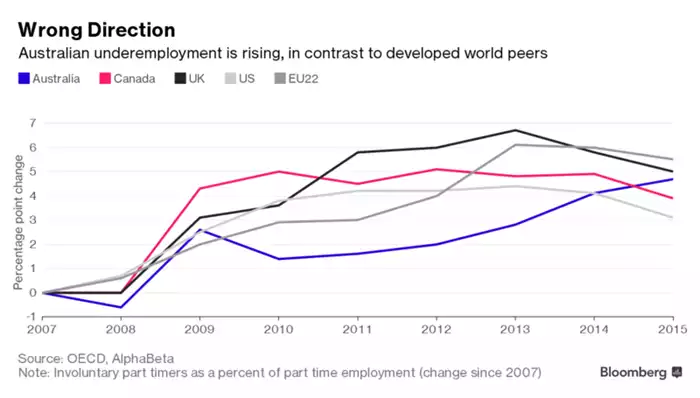“It Is Clear That Something Is Wrong.”
News
|
Posted 07/04/2017
|
6174
JPM Morgan Chase & Co. is the world’s most valuable bank. It’s CEO, Jamie Dimon this last week presented his annual letter to shareholders. The normally ‘everything’s awesome’ letter was far from it this time as he states that, in reference to the USA, “it is clear that something is wrong.”
It starts: “Since the turn of the century, the U.S. has dumped trillions of dollars into wars, piled huge debt onto students, forced legions of foreigners to leave after getting advanced degrees, driven millions of Americans out of the workplace with felonies for sometimes minor offenses and hobbled the housing market with hastily crafted layers of rules.”
Dissected, the key concerns are (and there were many others touched on above):
- The US has spent $trillions on wars over 16 years that could have been better deployed at home
- Student loans have gone from $200b in 2010 to over $900b just 6 years later – raising default risk, disenchantment and inability to source ‘normal’ credit
- The regulatory environment is complex, confusing and strangling business, the economy and jobs
- Obamacare took health care costs so high they are now twice the developed world average per person; and
- Labour force participation, particularly in the key 25-54 cohort, is too low.
When he breaks it down, it is this last point that he covers first.
“Labor force participation in the United States has gone from 66% to 63% between 2008 and today. Some of the reasons for this decline are understandable and aren’t too worrisome – for example, an aging population. But if you examine the data more closely and focus just on labor force participation for one key segment; i.e., men ages 25-54, you’ll see that we have a serious problem. The chart below shows that in America, the participation rate for that cohort has gone from 96% in 1968 to a little over 88% today. This is way below labor force participation in almost every other developed nation.”

“If the work participation rate for this group went back to just 93% – the current average for the other developed nations – approximately 10 million more people would be working in the United States. Some other highly disturbing facts include: Fifty-seven percent of these non-working males are on disability, and fully 71% of today’s youth (ages 17–24) are ineligible for the military due to a lack of proper education (basic reading or writing skills) or health issues (often obesity or diabetes).”
“Our nation’s lower growth has been accompanied by – and may be one of the reasons why – real median household incomes in 2015 were actually 2.5% lower than they were in 1999. In addition, the percentage of middle class households has actually shrunk over time. In 1971, 61% of households were considered middle class, but that percentage was only 50% in 2015. And for those in the bottom 20% of earners – mainly lower skilled workers – the story may be even worse. For this group, real incomes declined by more than 8% between 1999 and 2015. In 1984, 60% of families could afford a modestly priced home. By 2009, that figure fell to about 50%. This drop occurred even though the percentage of U.S. citizens with a high school degree or higher increased from 30% to 50% from 1980 to 2013. Low-skilled labor just doesn’t earn what it used to, which understandably is a source of real frustration for a very meaningful group of people. The income gap between lower skilled and skilled workers has been growing and may be the inevitable consequence of an increasingly sophisticated economy.”
Why do we single out this point in a 45 page document? As we discussed in today’s Weekly Wrap, tonight it’s a pretty safe bet you will see an ‘awesome’ non farm payrolls print after the strong ADP print Tuesday night. But again the headline will need to be dissected as there is a very clear underlying problem as Dimon points out. We have financial markets buoyant on hope but the foundations are far less assuring. The world is looking to the US as the economic engine to pull it out of the post GFC lethargy. The picture above shows an engine running on only one cylinder.
Oh, and if you think it’s all awesome here….
